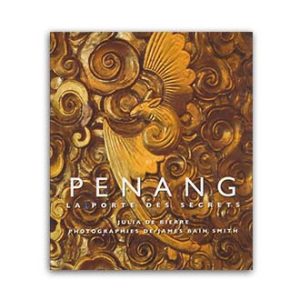This pictorial history book is aimed at capturing the history of the leprosy patients who were forced to be isolated in the Sungai Buloh settlement. It is also seen as a small success of the effort of “The Way Home” oral history collection team over the past four years. It is hoped that through a series of old photographs with simple descriptions and together with the oral histories of the residents, the reader will be transported in a time machine to the past, and “visit” the leprosarium once considered as the biggest and most modern among the Commonwealth countries.
It not only carries the value of a place for rehabilitation, but is also loaded with a collection of the memories and the sufferings of life. With this settlement entering its 85th year, the compilers of this book feel obligated to help reinstate its meaning of existence and to ensure that the stories of these former patients, who were forcefully isolated due to leprosy in the early years, will never be forgotten.
The compilers also hope that through this book, the history of this community and the hardships which these former leprosy patients have gone through will be recognised, along with their contribution to medical advancements by being subjects (at the time) of new drug tests.
A better and more harmonious society is not just achieved by catchy slogans, but by having a variety of platforms for enhancing understanding, tolerance and justice.
The Sungai Buloh settlement – The Valley of Hope
The second largest leprosarium in the world was established in 1930, to provide better living conditions for leprosy patients.
At a time when there was yet to be a cure for illness, leprosy was thought to not only be incurable but also, infectious. Shunned by society, those diagnosed with leprosy were sent to leprosy camps and segregated from the rest of the community.
However, unlike the medical institutions of today where patients could receive proper care and medical attention, these camps were more like barbed wired prisons with conditions so appaling, patients have described them as, “hell on earth”. Fortunately in 1920, an intervention from the Chief Secretary of the Federal Malay States, Sir George Maxwell, led to the birth of the Sungai Buloh settlement.
Situated on 570 acres of fertile lancl in a valley with natural surroundings and streams running through it, the settlement was a place well suited for the treatment and rehabilitation of leprosy patients. For those suffering from such a life-changing condition, stepping into the beautiful settlement brings hope that someday, they would be fully cured of the disease and would eventually be able to return to society, their family and their loved ones. Thus, they nicknamed this place, “Valley of Hope”.
Now in its 85th year, the Sungai Buloh settlement has been home to thousands who had been diagnosed with leprosy. To them, it was a home away from home, a place where they could have some semblance of a normal life. A place where they could find acceptance, friendship, love, and above all, the courage to go on living.
And this is where their story begins. From tales of the ordinary to the intriguing, the stories are lovingly preserved photographs. Discover the lives of residents within the grounds of the settlement as they recollect how they came to live here, how they adapted to life within new surroundings, the work they had to undertake in order to support themselves and their community within the settlement, and for a lucky few, they fell in love and started their own families; all the while learning how to cope with the harshness of the illness.
For further reading, please see our newsletters.
Related article
NGOs push for Sungai Buloh leprosy settlement’s Unesco heritage listing (The Malay Mail, 25 Aug 2019)









